Table of Contents
The geography of Argentina is a captivating blend of diverse landscapes and historical significance. Situated in South America, this nation’s geographic location has played a pivotal role in shaping its history and cultural identity.
Nestled in the southern cone of the continent, Argentina geography beckons adventurous travelers with its vast pampas, breathtaking Andes mountains, and rich wine regions. From exploring the majestic peaks of Patagonia to uncovering the cultural tapestry of Buenos Aires, Argentina’s diverse landscapes and rich history offer an unforgettable journey for intrepid tourists seeking a unique and enriching experience.
The physical geography of Argentina paints a picture of awe-inspiring natural masterpieces. From the awe-inspiring glaciers of the Perito Moreno, representing the nation’s rich glacial heritage, to the diverse ecosystems that span from the tropical rainforests to the arid deserts, Argentina stands as a testament to nature’s grandeur.


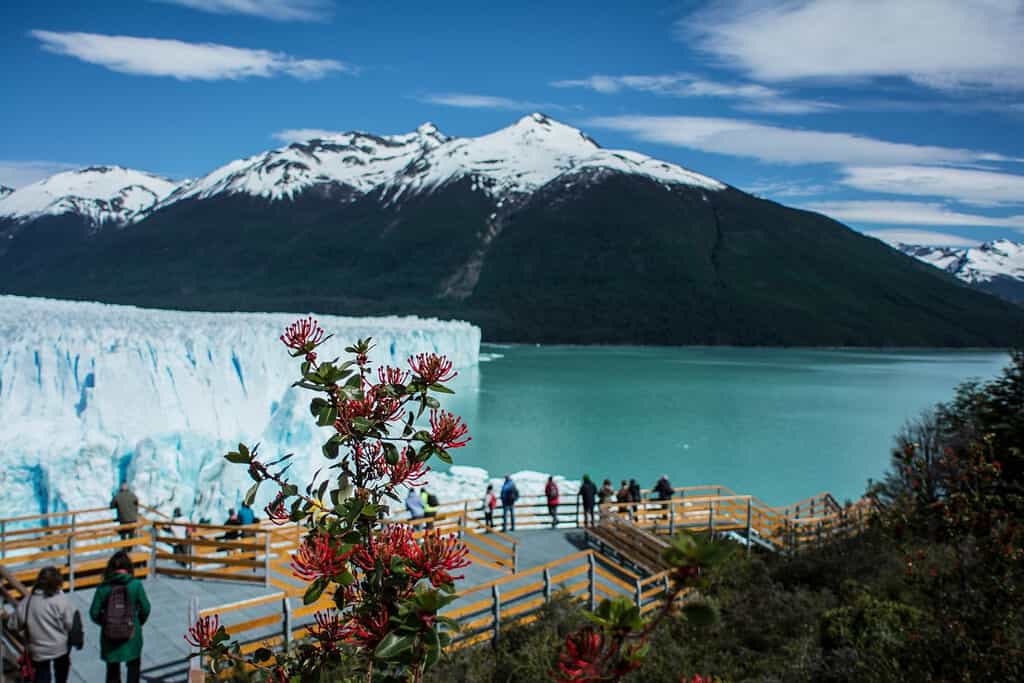
Top Geographic Features of Argentina
- Andes Mountain Range: The majestic Andes range spans the western edge of Argentina, influencing its topography and climate, and is home to Aconcagua, the highest peak in the Americas.
- Paraná River: One of Argentina’s major rivers, the Paraná flows through the northeastern part of the country, providing essential water resources for agriculture and irrigation.
- Pampas: These vast fertile lowlands cover a significant portion of Argentina and are crucial for the country’s agricultural activities, particularly cattle ranching.
- Monte Desert: Located in the southeastern part of Argentina, this semi-arid region is characterized by its shrubs, salt flats, and unique fauna.
- Iguazú Falls: Located on the border between Argentina and Brazil, these spectacular waterfalls are one of South America’s most famous natural attractions.
- Patagonian Plateau: This vast region in southern Argentina is characterized by its steppe-like plains, glacial lakes, and unique wildlife.
- Colorado River: An important river in Argentina, the Colorado River flows through the central part of the country and plays a significant role in irrigation and agriculture.
- Los Glaciares National Park: Located in the Andes, this park is home to some of the world’s most impressive glaciers, including the famous Perito Moreno Glacier.
- Valdes Peninsula: Situated in the southeastern part of Argentina, this peninsula is known for its unique marine wildlife, including whales, sea lions, and penguins.
- Tierra del Fuego: An archipelago off the southernmost tip of the South American mainland, it’s a remote region known for its rugged landscapes and Magellanic subpolar forests.
These geographic features play a crucial role in shaping Argentina’s landscape, climate, and cultural history, making them essential elements in defining the country’s geography.
Argentina Geography
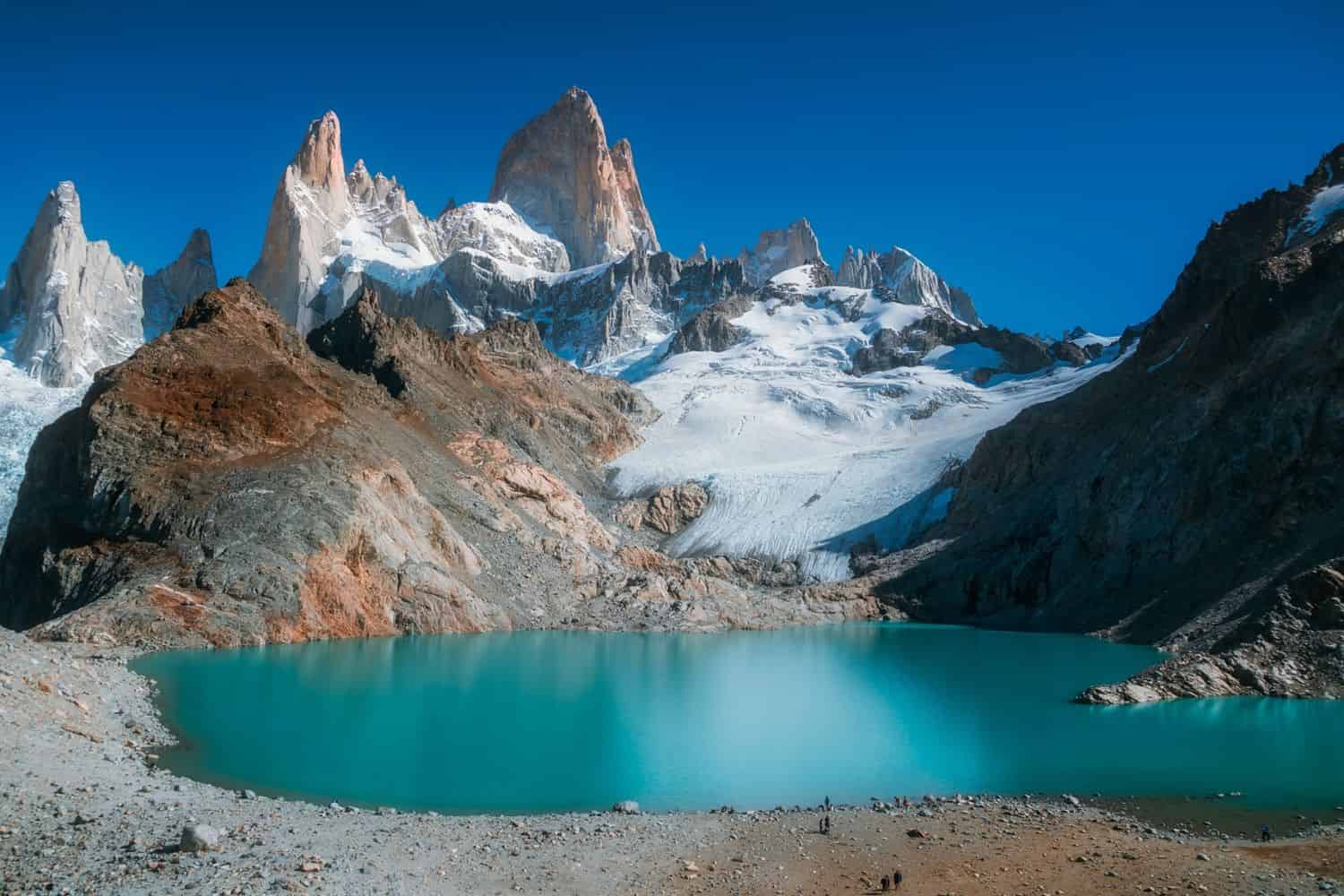
Exploring the Argentina National Geographic canvas reveals a breathtaking array of geographic features. From the majestic Andes mountains to the vast Pampas grasslands and the rich wine regions of Mendoza, the country presents a captivating tapestry of natural wonders.
- Mountain Ranges – The Crown of Diversity: Similar to documentaries that often feature towering mountain ranges, Argentina boasts the majestic Andes range. These rugged peaks not only add to the country’s scenic beauty but also offer unique biodiversity and have shaped its cultural identity.
- Lakes – A Kaleidoscope of Colors: Argentina’s Nahuel Huapi National Park, with its stunning glacial lakes, resembles the picturesque landscapes captured in photographs. These crystal-clear lakes, surrounded by forests and mountains, reflect the region’s geological richness.
- Pampas – Expansive Grasslands of Life: Just as documentaries highlight vast landscapes, Argentina’s Pampas showcase expansive grasslands that are home to a variety of wildlife. This fertile region tells stories of gaucho traditions and the country’s agricultural prowess.
- Historical Sites – Unveiling the Past: Argentina’s historical sites, like the ruins of Quilmes, evoke memories of explorations that uncover ancient civilizations. These remnants stand as a testament to the country’s rich indigenous heritage.
- Ethnic Diversity – A Cultural Melting Pot: Similar to the National Geographic focus on diverse cultures, Argentina is a tapestry of ethnic groups, including Criollos, Mestizos, and indigenous communities. Each group contributes unique traditions, languages, and customs, creating a vibrant cultural mosaic.
- Wildlife – A Sanctuary for Nature: Argentina’s protected areas, such as the Iberá Wetlands, mirror the coverage of wildlife conservation. These regions serve as crucial habitats for diverse species, preserving biodiversity in a varied environment.
- Geological Marvels – A Natural Showcase: The country’s geological wonders, like the Perito Moreno Glacier, showcase Argentina’s natural beauty amidst the formidable Andes. Such structures demonstrate the dynamic forces of nature at work.
- Remote Exploration – Uncharted Territories: The remote and isolated regions of Patagonia beckon adventurers, much like quests into uncharted territories. This vast expanse offers a glimpse into untouched landscapes and unique ecosystems.
Argentina geographic features are marked by the dominating presence of the Andes mountain range. These majestic peaks, which stretch along the western edge of the country, create a breathtaking backdrop for the nation’s diverse topography. The historic Inca Trail, once a significant trade route, weaves its way through these formidable mountains, connecting regions of South America.
Flowing gracefully through the Argentine terrain are the life-giving rivers of Paraná and the Colorado River, vital for agriculture and irrigation. Additionally, the expansive Pampas and the Monte desert add to the country’s unique geography.
Argentina Geographic Location
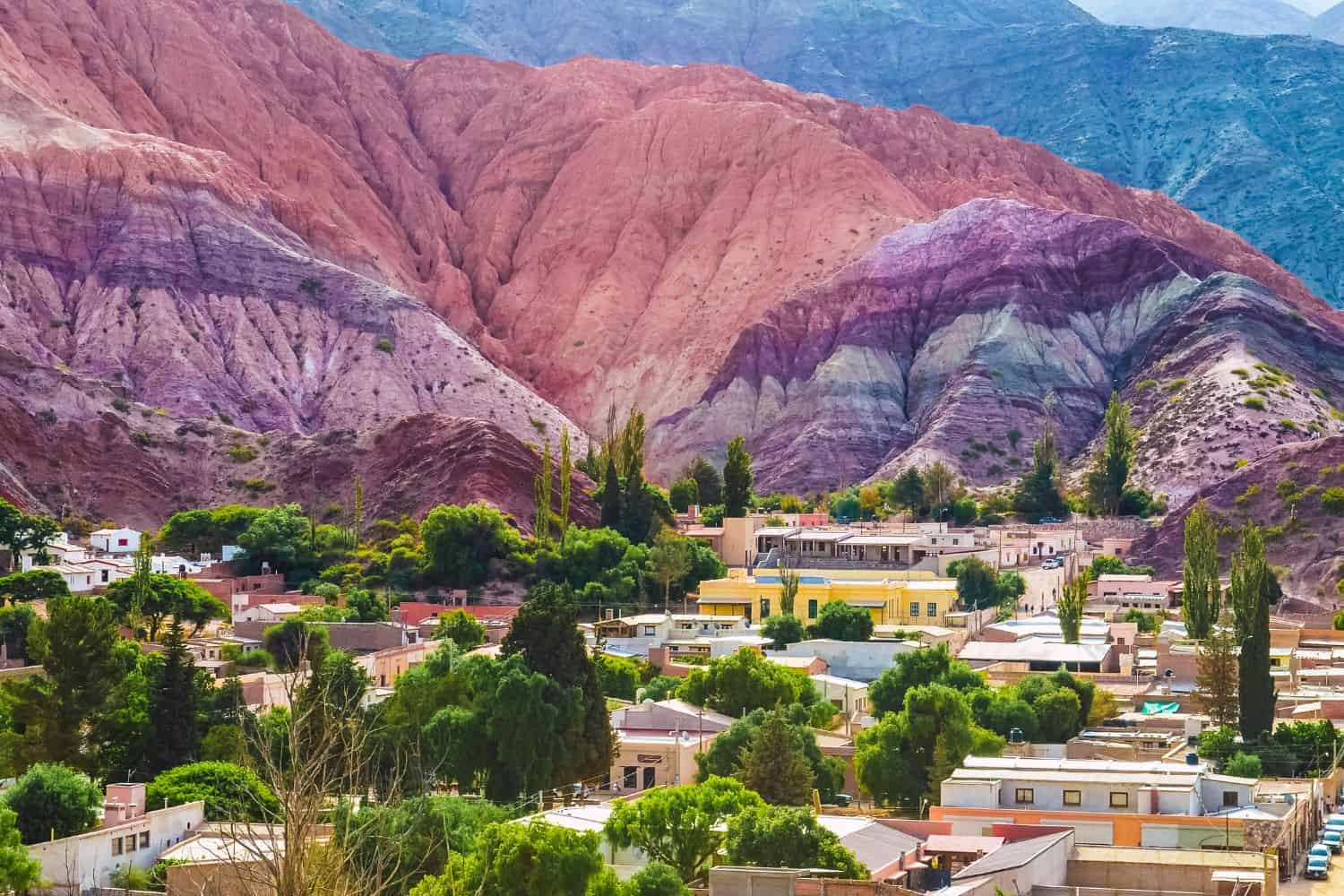
Argentina’s geographic location is very strategic, and its position has played a significant role throughout history. Located in the southern part of South America, the country has been a nexus for trade, culture, and ideas, emphasizing its historical importance.
Borders of Argentina
Argentina shares borders with five countries. Here is Argentina’s physical geography with the neighboring countries and the approximate total length of each border:
- Chile: The border between Argentina and Chile is approximately 5,300 kilometers long, making it the longest international border for Argentina.
- Brazil: The border between Argentina and Brazil is approximately 1,224 kilometers long.
- Paraguay: The border between Argentina and Paraguay is approximately 2,531 kilometers long.
- Bolivia: The border between Argentina and Bolivia is approximately 832 kilometers long.
- Uruguay: The border between Argentina and Uruguay is approximately 579 kilometers long.
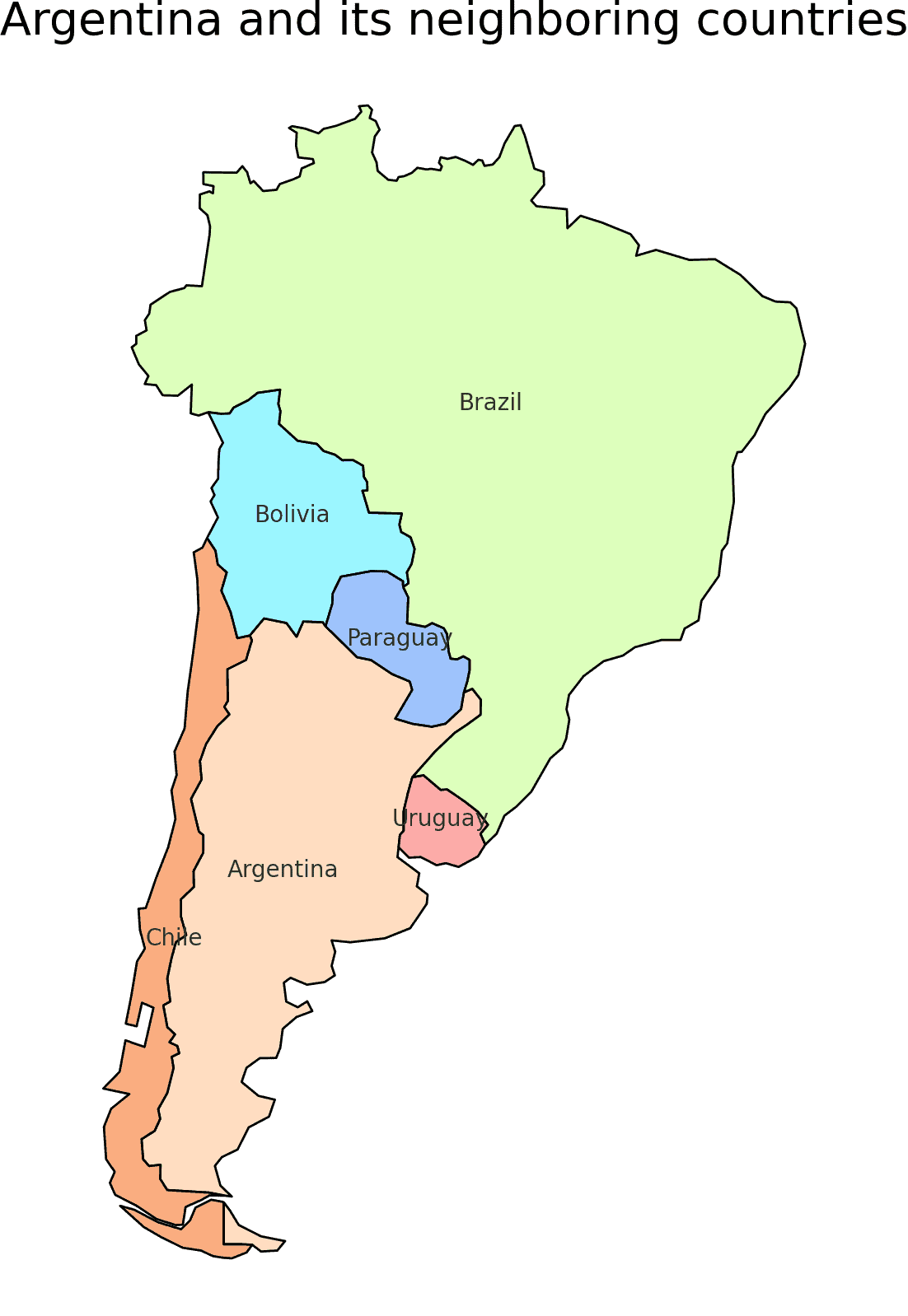
| Argentina Neighboring Country | Border Length (Approximate) |
|---|---|
| Chile | 5,300 kilometers |
| Bolivia | 832 kilometers |
| Paraguay | 2,531 kilometers |
| Brazil | 1,224 kilometers |
| Uruguay | 579 kilometers |
These international borders define Argentina’s connections to different regions and contribute to the country’s geopolitical significance as a crossroads between South America and the Southern Cone.
Geography of Buenos Aires Argentina
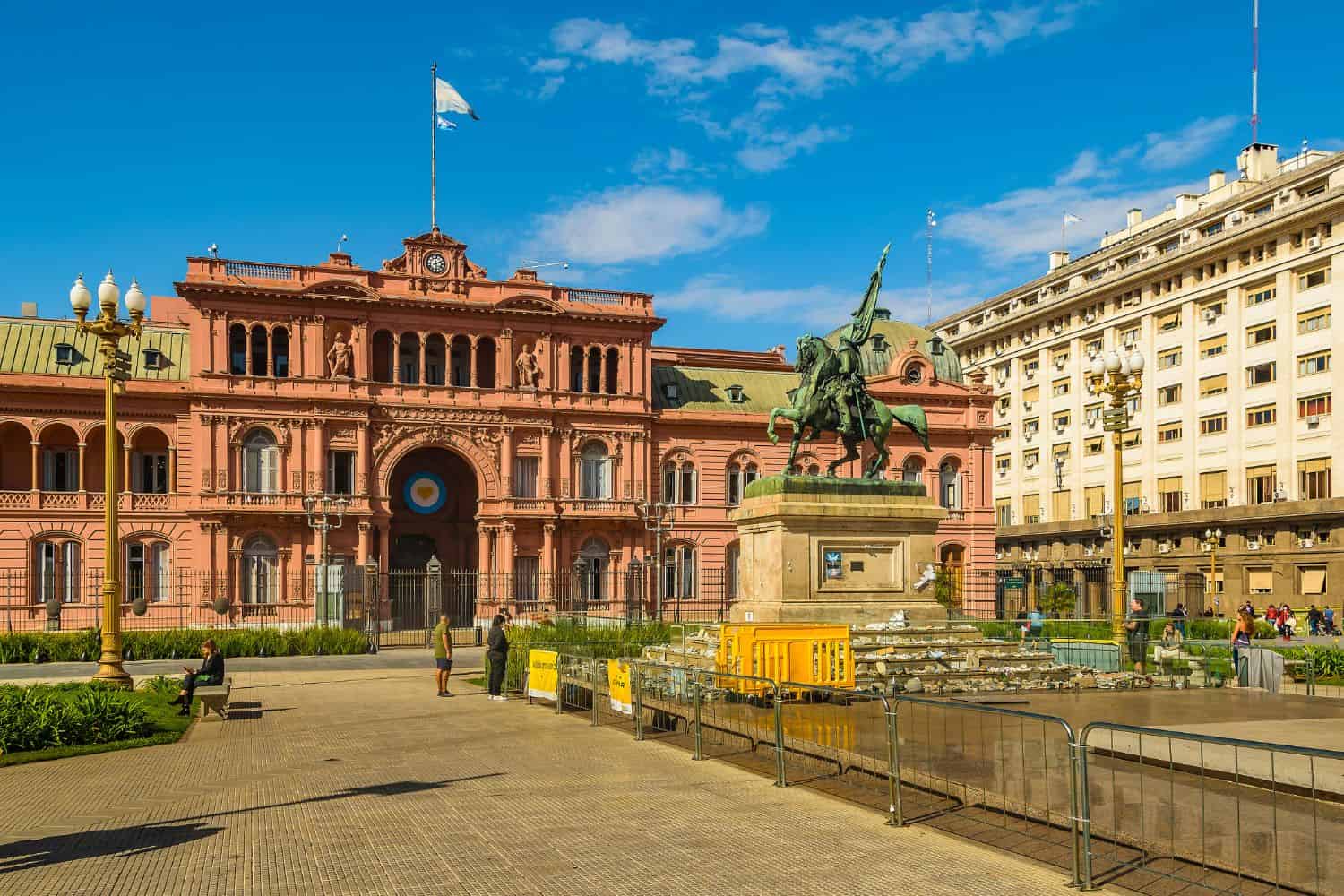
As the capital city of Argentina, Buenos Aires is a captivating microcosm of the country’s human geography. Here, various ethnic groups, including Criollos, Mestizos, Italians, and Spaniards, coexist, contributing to the city’s vibrant cultural tapestry.
Buenos Aires, the capital city of Argentina
- City of Contrasts: Buenos Aires is known for its stark contrasts, where modern skyscrapers coexist with traditional barrios, creating a unique blend of old and new.
- Río de la Plata: The Río de la Plata borders the city, playing a significant role in its trade and transportation.
- Buenos Aires’ Elevation: The city is located near sea level, with the vast Pampas plains stretching out around it.
- Green Spaces: Buenos Aires is home to several beautiful parks and gardens, including the Palermo Woods, offering a serene escape amidst the bustling city.
- Buenos Aires’ Historical Significance: With a history deeply rooted in colonial times, Buenos Aires has witnessed various epochs and played a pivotal role in South American politics and trade.
- Diverse Architecture: The city showcases a diverse architectural heritage, reflecting influences from Spanish, French, and modern styles.
- Tango Culture: Buenos Aires is the birthplace of tango, and its vibrant dance and music culture can be seen and heard throughout the city.
- Casa Rosada: The historic Casa Rosada, located in the heart of the city, is an iconic symbol of Argentina’s political history.
- Buenos Aires’ Economy: The city serves as Argentina’s economic and cultural hub, attracting people from all over the country seeking opportunities and education.
- Population Growth: Buenos Aires has experienced steady population growth, with a significant influx of immigrants from various countries, leading to urbanization and infrastructure challenges.

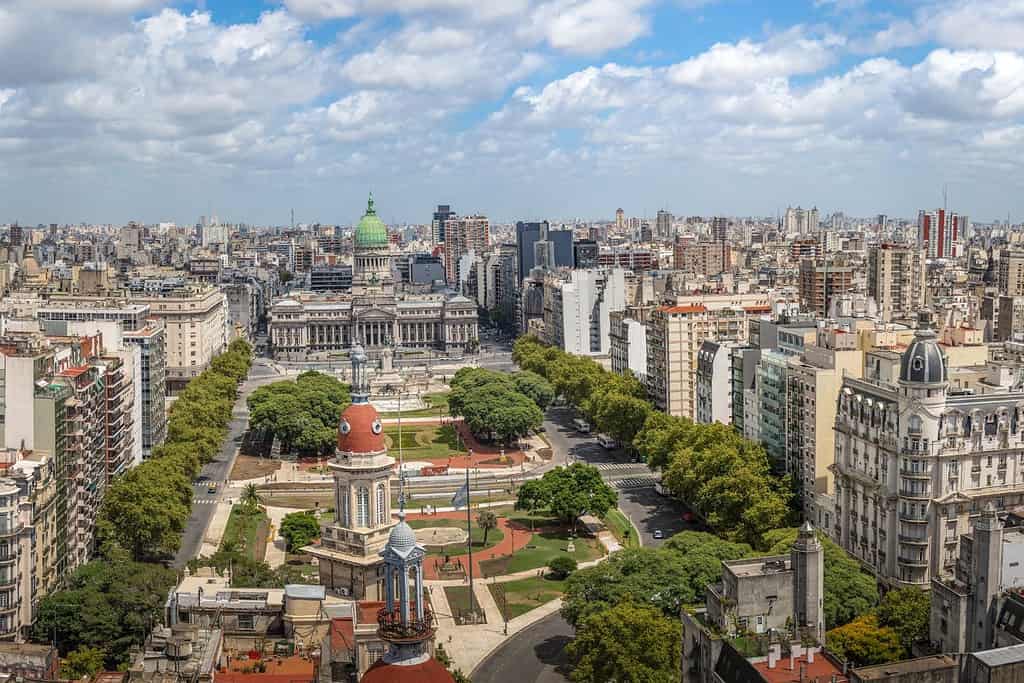
Historical Geographical Importance of Argentina
Throughout the ages, Argentina’s geographical significance has made it a sought-after stage for historical drama. As empires and nations rose and fell, from the Spanish to the indigenous empires and European settlers, Argentina’s geographic position played a pivotal role in shaping the world’s history.
- Strategic Gateway: Argentina’s location as a gateway between the Atlantic Ocean and the vast expanse of South America has made it a strategic point for trade, cultural exchange, and military endeavors throughout history.
- Ancient Trade Routes: The indigenous trade routes passed through Argentina, connecting various tribes and facilitating the exchange of goods, ideas, and cultures.
- Spanish Conquests: Argentina was a key territory during the Spanish conquests in the 16th century, as they sought to expand their empire in the New World.
- Wars of Independence: During the 19th century, Argentina became a focal point of the Wars of Independence, where local heroes like José de San Martín fought against Spanish rule.
- European Immigration: Argentina’s geographic position attracted a significant wave of European immigrants in the late 19th and early 20th centuries, shaping its culture and demographics.
- Influence of Indigenous Empires: Argentina was home to various indigenous groups, including the Mapuche, Guarani, and Diaguita, influencing its early history and culture.
- Conquests of the Spanish and Portuguese: The European invasions of the 16th century had a profound impact on Argentina’s history, leading to a blend of cultures and traditions.
- The Pampas and Gauchos: The vast grasslands of Argentina, known as the Pampas, and the iconic figure of the Gaucho, have become symbols of the nation’s cultural and historical identity.
- Influence of Tango: Argentina’s position as a melting pot of cultures gave birth to the tango, a dance and music genre that has since captivated the world, influencing its culture, art, and architecture.
The geographical position of Argentina is a mosaic of beauty and historical importance. With its breathtaking mountain ranges, ancient trade routes, and diverse cultural landscapes, this South American nation continues to captivate the world’s imagination. Despite challenges, Argentina remains an enticing destination for the adventurous traveler and curious explorer, drawn to its blend of natural wonders and historical intrigue.
In conclusion, Argentina’s geographical significance has made it a stage for historical drama, with various empires and civilizations vying for control and leaving their mark on the region’s history. Its strategic position has shaped the world’s historical events and continues to play a pivotal role in the geopolitics of the region today.
More About Argentina
[the-post-grid id=”50336″ title=”Argentina Main page”]
